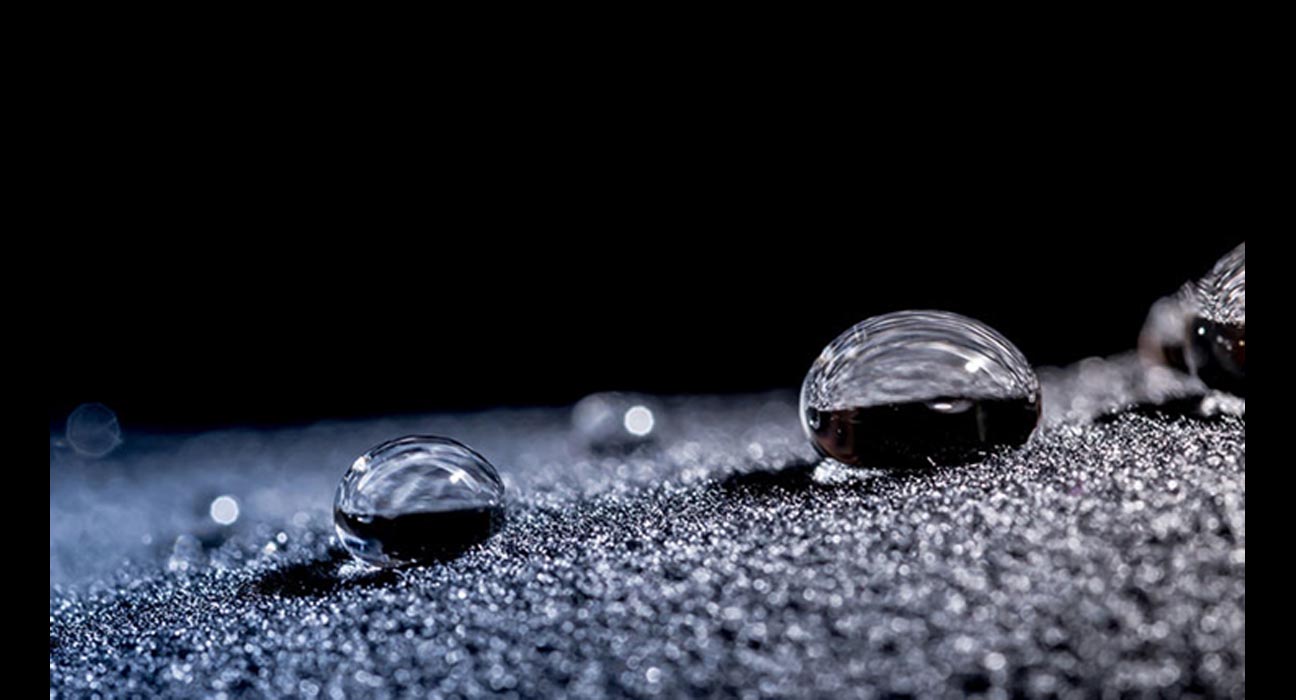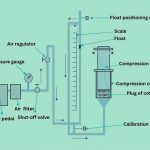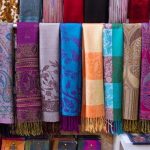Do you know what is actually meant by Waterproof Finish in Textile? Let’s dive to the ocean.
What is the waterproof fabric?
The term ‘waterproof’ is normally taken to represent the conditions in which a textile can prevent the absorption of water and also the penetration of water into its structure.
Waterproofing is nothing but preventing the passage of both air and water through a fabric.
Fabrics for waterproofing by application of coating materials must generally be prepared in a similar manner as for water-repellent finishing.
It is important that the fabric surface is smooth and hence most fabrics are singed to remove protruding surface fibers that could either become detached by any actions.
Purpose of Waterproofing:
Waterproof materials are currently used in the three major textile areas (clothing, home and outdoor products, and technical textiles). There are a large number of possible applications, from rain garments to medical and military equipment.
For certain uses such as Tarpaulin, Umbrella cloth, Raincoat fabrics, etc., it is required to give this type of finish as these types of fabric are generally used against the air and water in normal life.
So they should have some property to prevent both air and water from passing through them.
This finish makes the wearer feel uneasy and uncomfortable as the air circulation is not there.
Principle of Waterproof Finish
A film on the surface of the fabric should be formed the prevent of air and water.
When a uniform coating of suitable substances such as rubber is produced on the surface of a fabric, the interstices between the warp and weft yarns are blocked by the continuous film or substance, and both water and air do not pass through the treated fabrics.
It is a chemical and property-giving finish.
Chemicals Used for waterproofing
- Vulcanized natural rubber.
- Oxidised oils of varnishes.
- Polyvinyl chloro acetate.
- Polyvinylidine chloride.
- Cellulose acetate.
- Cupprammonium hydroxide solution.
Process of Waterproof Finish in Textile
A. The simplest method of waterproofing is the coating of fabric with rubber as a thin film.
Disadvantages:
- Unwanted stiffness and harshness.
- Fabric becomes harsh and brittle.
B. The application of natural oil will also produce this finish.
Advantage:
- No cracks or brittleness.
Disadvantage:
- It is not permanent.
C. Coating of water impermeable substances like pitch, asphalt and molten waxes produce waterproofing.
Advantage:
- It will give excellent proofing.
Disadvantage:
Many desirable properties of the fabric will be destroyed.
D. Using synthetic resins we can produce this finish.
Example: Polyvinyl chloro acetate, Cellulose acetate, Polyvinylidine chloride.
E. Water proofing with wax emulsion.
- It can be applied on cotton, linen, wool, silk fabrics.
- Aluminium acetate is used along with the wax emulsion.





